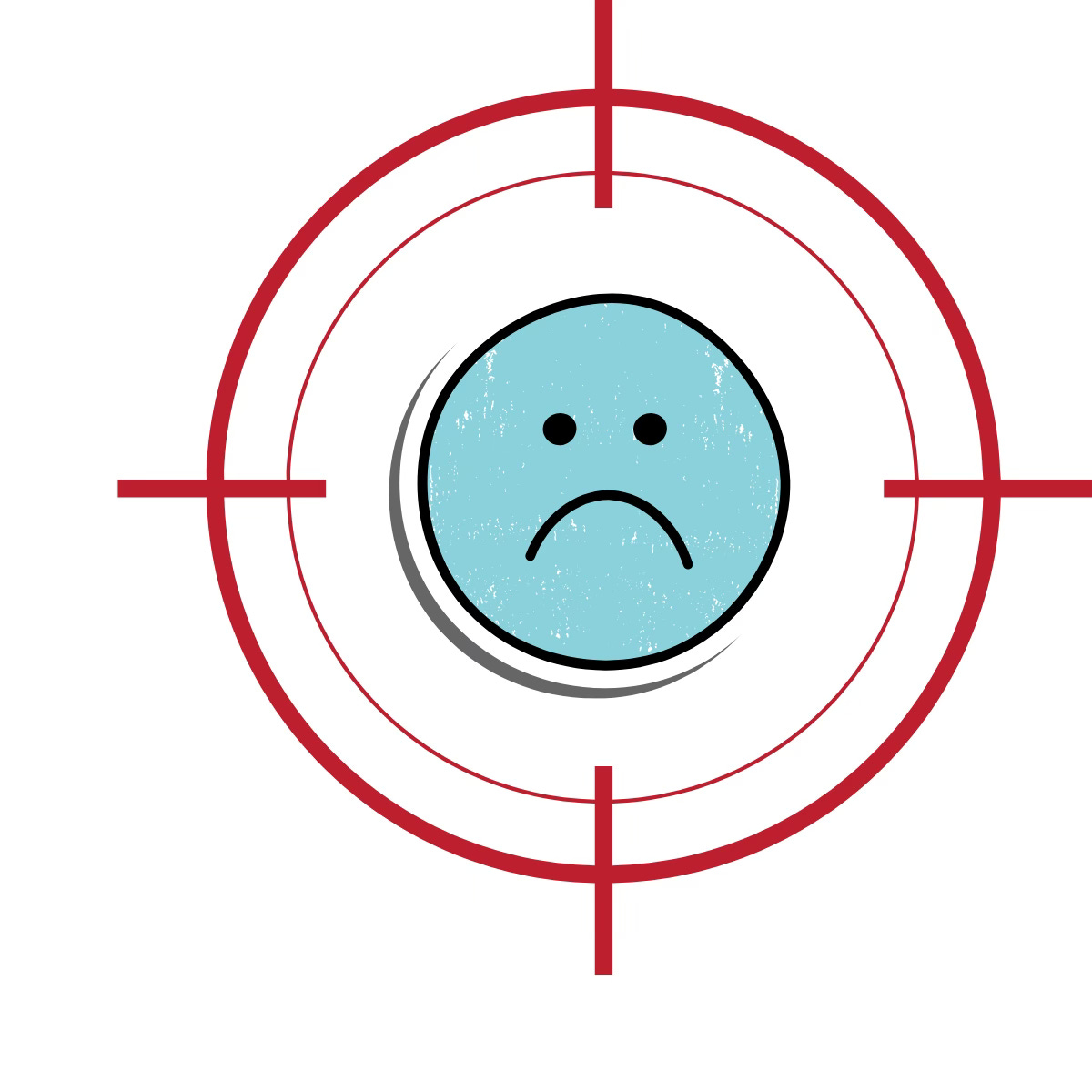Before you read this, please watch the short video above for context.
In the video, we discussed how targets can sometimes harm the very people they’re meant to serve—the customers. Let’s explore this idea further with an example.
The NHS Target in Question:
Back in the late 90s, the NHS introduced a target that went something like this:
“Reduce the waiting list for patients awaiting urgent and life-saving procedures, such as cancer treatments.”
The government mandated that hospitals reduce waiting lists for elective surgeries by a specific percentage or ensure patients received treatment within a set number of weeks.
Failure to meet these targets could result in penalties for hospital management, loss of funding, or negative public reporting.
What Was the Impact of Using These Targets?
Staff prioritised easy, less serious cases while delaying complex and critical operations like cancer treatments.
They Gamed the System scheduling operations during patients' holidays, knowing the patients would cancel, artificially reducing waiting list numbers :(
What’s the Alternative?
Instead of setting arbitrary targets, why not focus on setting a direction?
For instance, rather than saying, "We must reduce the waiting list by X%," you could tell the workforce:
"Let’s work towards improving patient-centered outcomes."
By shifting from targets to direction, you encourage aspiration and ambition without creating fear of punishment for missing a specific number.
The Difference Between Targets and Direction
Target:
A target is something you have to hit. If you don’t hit it, there are consequences—penalties, blame, or worse.Direction:
A direction is something you move towards. It allows for flexibility and inspires greater effort, as people aren’t penalized for not reaching a perfect outcome.
An Example of Setting Direction
We want to set a direction of Reducing the waiting lists by 20% and we want to Improve patient satisfaction and safety in A&E by scored 8 out of 10 in our follow up survey.
Again let me emphasise, the above is not a target, we are not going to sack you if you do not hit the target. It is a direction, yes, it has a measure, we need to quantify our actions to improve and we need to set the right tone for our workers to not manipulate the process to get there.
Also look at how we are balancing out the : “the reduce the waiting list by 20%” with the “Improve patient satisfaction and safety in A&E by scored 8 out of 10 in our follow up survey”.
The understanding of what direction means and the injection of balance into our measures helps us focus on meaningful outcomes!
We can avoid the pitfalls of gaming the system and instead create in this case, a healthcare system that genuinely improves lives as opposed to just hitting targets.













Share this post